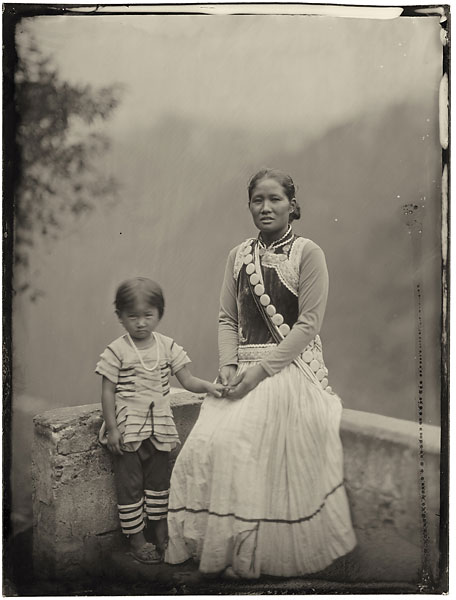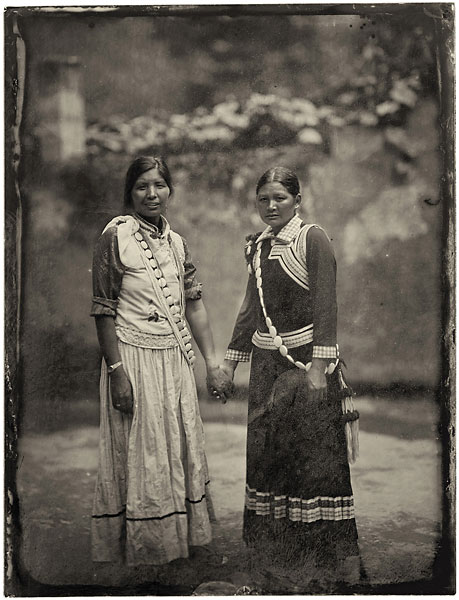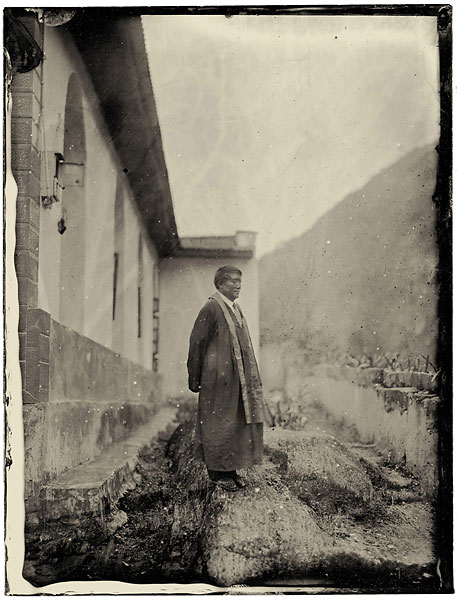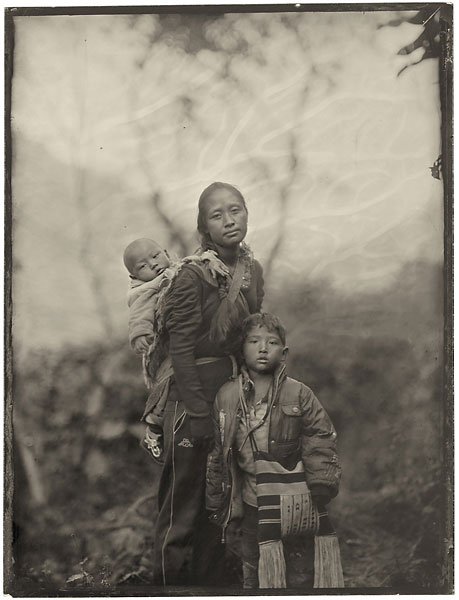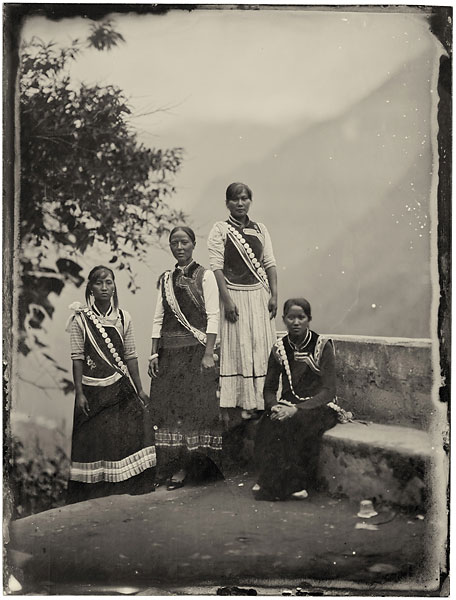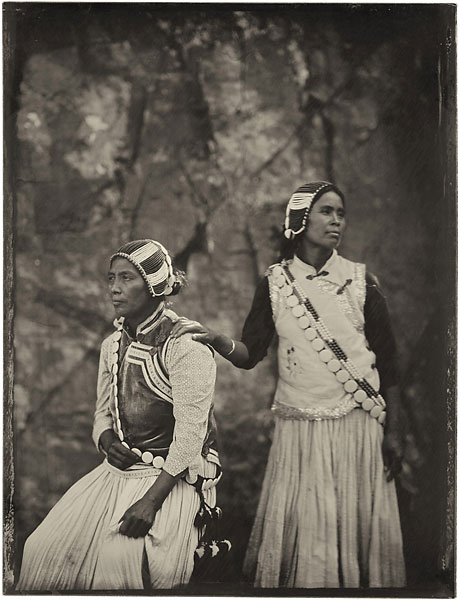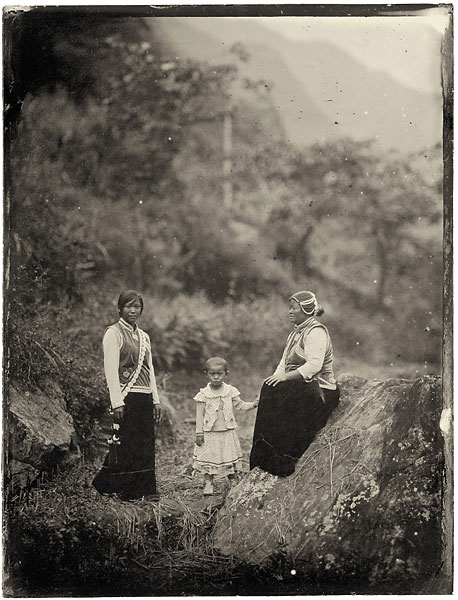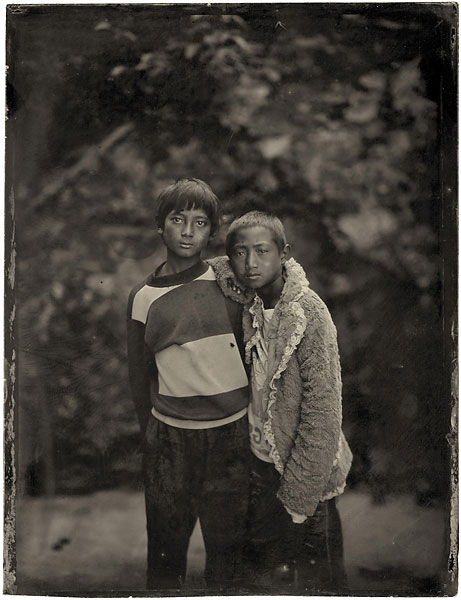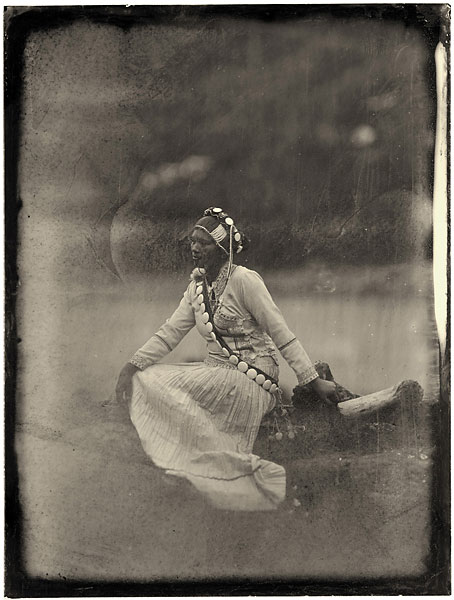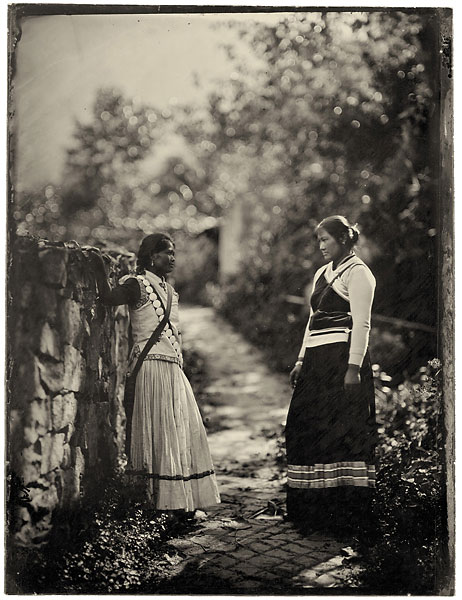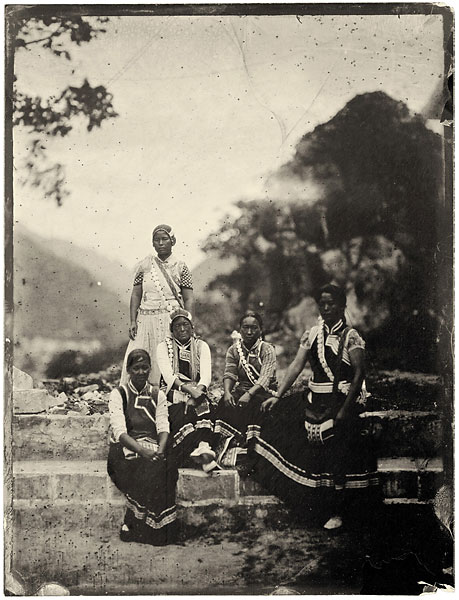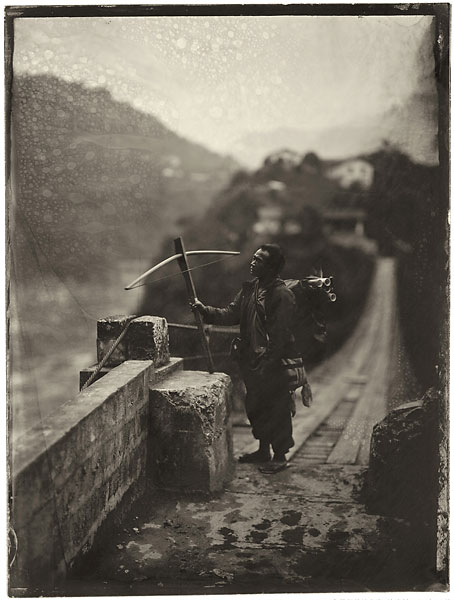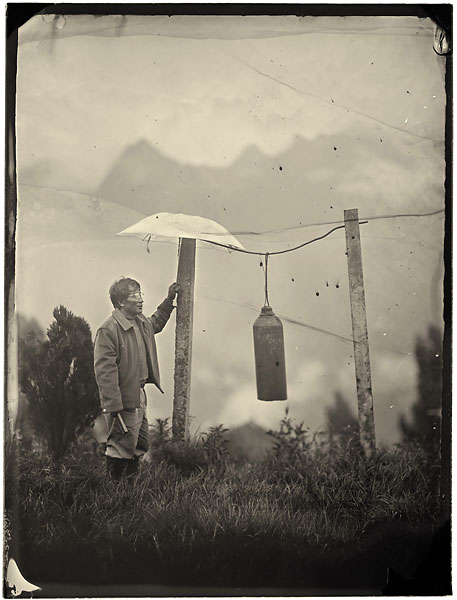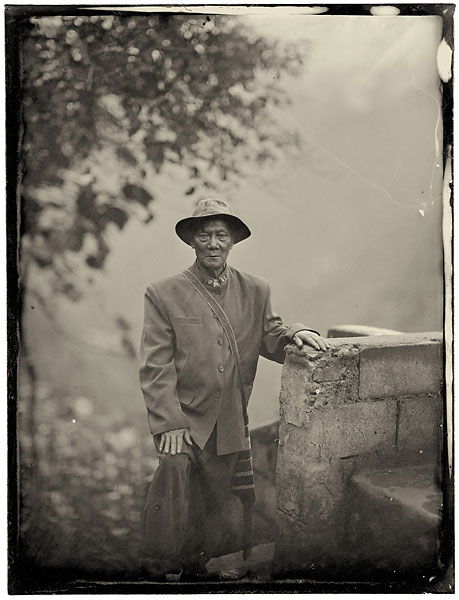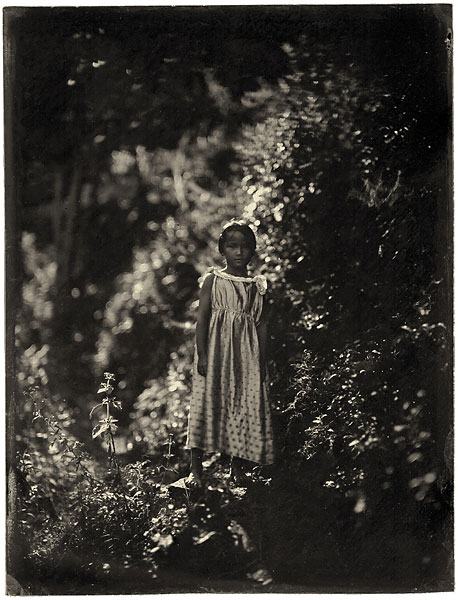骆丹 – 素歌
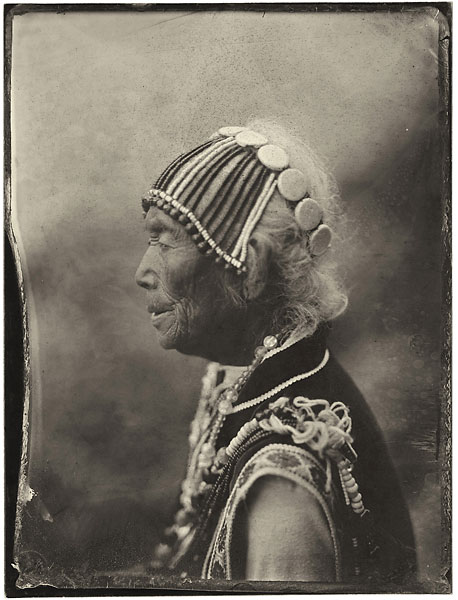
中国摄影师骆丹《素歌》系列将于10月29日起在上海m97画廊展出。在创作《素歌》的过程中,骆丹运用了始于1850年的传统湿版火棉胶摄影技术,花了数月时间带着便携式暗房行走在中国南部云南省的偏远山区。在那里,村民们的生活方式大部分仍保留着几百年以来的完整。该地区的很多村民是100多年前随着基督教传教士定居下来的,他们大都有着虔诚的信仰,每个礼拜日都会穿着自己的民族服装或最好的着装去教堂。带着对摄影过程和主题的尊敬,骆丹的“素歌”系列给观众带来了一种穿越时间的感觉。湿版火棉胶技术是19世纪中叶非常流行的一种摄影技术,它能够帮助摄影师获取精美的细节。但是其繁杂的人工曝光和冲洗过程也导致了该技术在本世纪末的衰退。
m97 Gallery Shanghai is pleased to invite you to the opening of “SIMPLE SONG”, an exhibition of collodion wet plate photography works by Chengdu-based photographer LUO DAN. For his “Simple Song” project, Luo Dan employed the traditional collodion wet plate photographic process invented in 1850, spending several months traveling with a portable darkroom in remote and mountainous regions of China’s southern Yunnan Province. Looking to capture the purity of this photographic process, Luo Dan was able to reflect the authenticity found in rural life for many of China’s yet undeveloped regions, where the way of life has remained largely intact for hundreds of years. Many of the villages in this region were settled by Christian missionaries 100 years ago, where the local villagers are people of faith and devout churchgoers dressing up in their ethnic garments, or Sunday’s best. By bringing a reverence to both this photographic process and subject matter, Luo Dan’s “Simple Song” series is an effort to capture a sense of timelessness. An incredibly popular process in the mid-nineteenth century, wet plate collodion could render exquisite detail for photographers, but the laborious process of exposure and development also led to its decline towards the end of the century.
